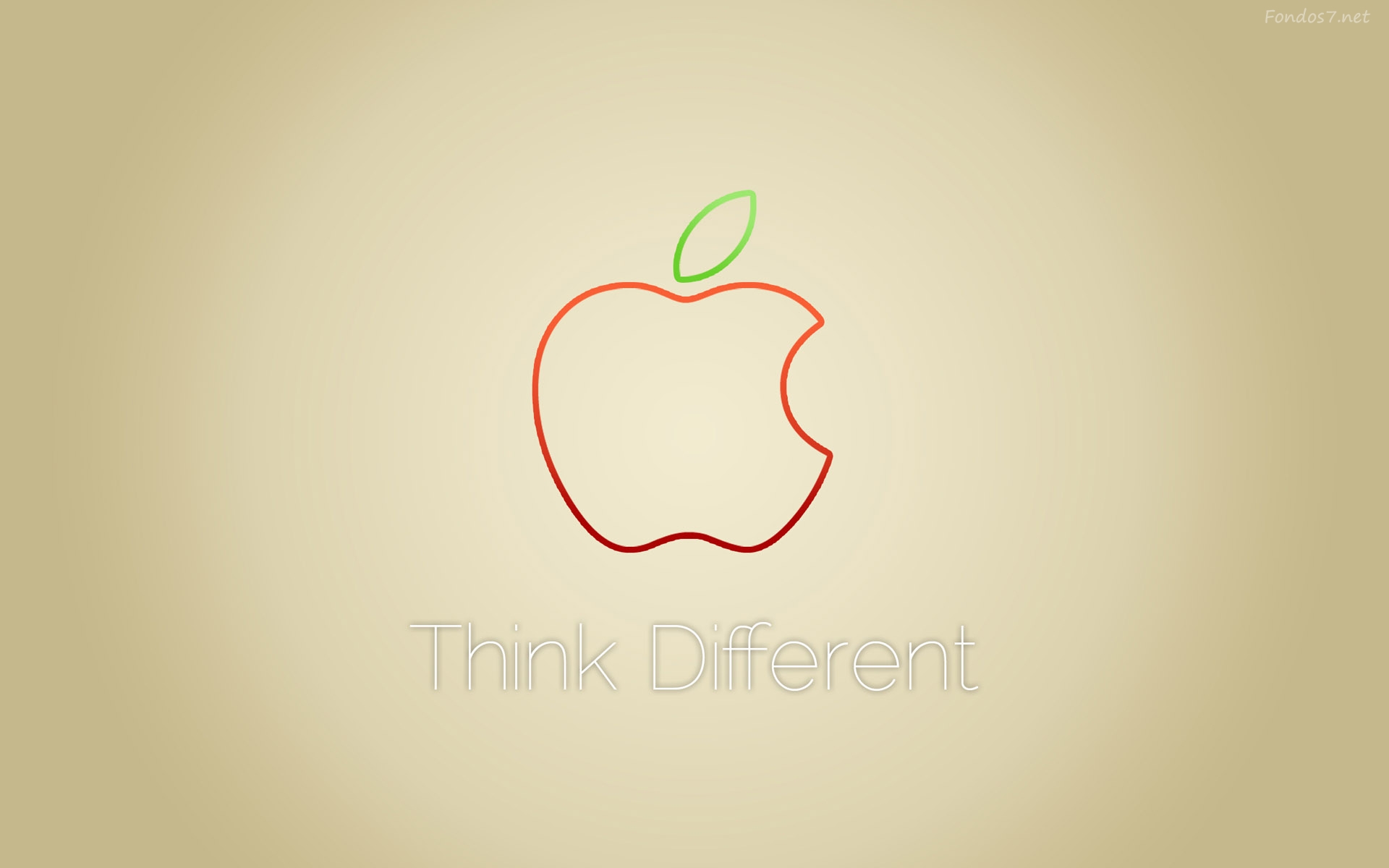

- #Backups and encrypto virus how to#
- #Backups and encrypto virus pdf#
- #Backups and encrypto virus manual#
Although its first distribution wave is now history, it demonstrated that cryptography could be weaponized for moneymaking purposes and thereby encouraged numerous hacker gangs to get on the hype train. Some spinoffs have a different look and feel while indicating the progenitor’s name on their alerts, as is the case with the above-mentioned PCLock version illustrated below.Īlert displayed by PCLock, a competently designed CryptoLocker versionĪll in all, CryptoLocker became a real game-changer in the cyber extortion ecosystem. Most of these CryptoLocker personas feature a similar or identical warning window style, which is a way for the attackers to pay tribute to the notorious prototype of all modern file-encrypting ransomware. CryptON – targets Portuguese-speaking users, drops a ransom note named COMO_ABRIR_ARQUIVOS.txt.

MNS Cryptolocker – replaces desktop wallpaper with a ransom note demanding 0.2 BTC and instructing the victim to contact the extortionists at CryptoLocker EU – has Russian roots, uses the self-explanatory.locked tail to filenames, demands €250 worth of Bitcoin for recovery within a 48-hour deadline Cryptolocker3 – leverages XOR cryptographic algorithm, stains filenames with.
#Backups and encrypto virus manual#
_crypt0 file extension and HELP_DECRYPT.txt ransom manual

#Backups and encrypto virus how to#
CryptoTorLocker2015 suffix to affected files, dropped HOW TO DECRYPT FILES.txt rescue note on desktop PCLock – doesn’t rename files, creates a ransom note named last_chance.txt or Your files are locked!!!.txt.Cryptographic Locker – concatenates the.enc extension to encrypted data, drops a ransom note named HOW_TO_RESTORE_FILES.txt Here is a list of widespread CryptoLocker variants discovered to date: It exists in quite a few different incarnations, some of which are copycats of the famous progenitor, while others could be spinoffs distributed on a RaaS (Ransomware-as-a-Service) basis. CryptoLocker variantsĪlthough now in 2019 the above highlights seem like an echo from a distant past, CryptoLocker is still alive and kicking, having evolved into a modern threat accommodating a top-notch deleterious toolkit. Six years afterwards, this predatory program has considerably extended its reach by utilizing many more phishing email templates and also employing exploit kits for propagation.
#Backups and encrypto virus pdf#
The contamination proper would take place when an unsuspecting user opened up an attached ZIP file that contained a malicious executable made to look like it’s a PDF item. Note that the original version of the ransomware additionally accepted payments made via Green Dot MoneyPak (USA only), Ukash or cashU – this was some lame OPSEC, obviously, and the crooks ended up excluding these easily traceable channels from their modus operandi.Īt its dawn, CryptoLocker was known to spread by means of sending emails masqueraded as ones concerning customer issues related to FedEx, DHS, UPS, etc. The payment is to be made within 96 hours otherwise all of the encrypted files will be lost.

Newer versions can demand up to $1,000 worth of cryptocurrency. It encrypts your personal files using asymmetric encryption, which means that the decryption process involves a public and private key, the latter being stored on the criminals’ remote server.įor the users to have their files decrypted, they needed to pay a fee of $100-300 via Bitcoins (the cheapest option according to the fraudsters’ notice). Furthermore, unlike ransomware which attempts to disguise itself as something legitimate, this type of malware goes straightforward on the victim and in no way conceals its true extortion nature. Whereas regular screen lockers yield to removal and complete remediation of the contaminated system via a special procedure, CryptoLocker encrypts users’ files and won’t allow for restoring those unless a certain amount of money is paid. The reason is the launch of a vicious computer infection known as CryptoLocker which in terms of severity and consequences for the infected PCs outstripped the typical “Police” ransomware dominating the extortion landscape at that time. September 2013 turned out fruitful and lucrative for one of the cybercrime syndicates out there, but really alarming for private users and organizations on the other side of the IT security battlefield.


 0 kommentar(er)
0 kommentar(er)
